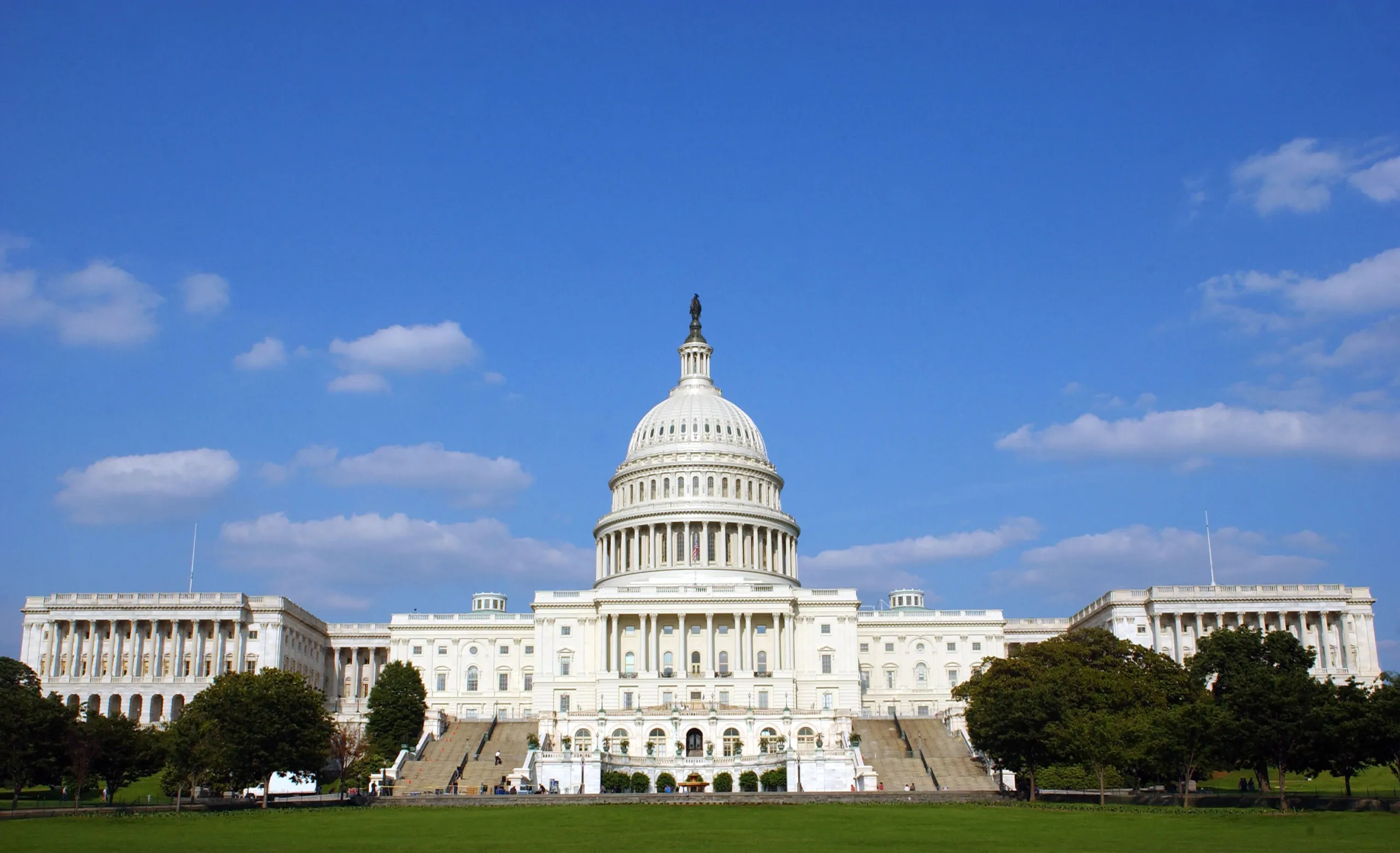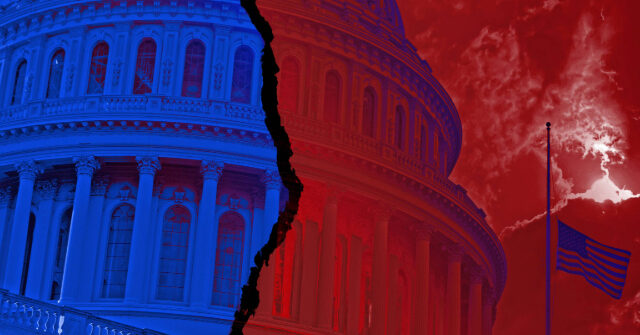Only 16 percent of Americans express confidence in the federal government, a statistic that may not come as a shock to many. Reflecting on data from the Pew Research Center spanning decades, we witness a stark decline from a peak of 77 percent in 1964 to 54 percent in 2001.
While the reasons for this erosion are manifold and need no exhaustive reiteration, it’s evident that the pervasive lack of trust in the federal apparatus transcends party lines and extends across the populace.
In contrast, polling conducted by Gallup suggests that Americans tend to place greater trust in local and state governments. This inclination makes intuitive sense given the vastness of the nation, with its ever-growing population of 336 million, and the natural divergence of cultural and ideological beliefs from coast to coast.
Consequently, the concept of a centralized government operating on a uniform basis for all citizens appears increasingly out of step with reality.
One significant issue plaguing the national government is its susceptibility to trendy ideological currents prevalent in its capital, Washington, D.C. For instance, the passage of the CHIPS Act in 2022, ostensibly aimed at bolstering U.S. computer chip manufacturing with a $280 billion allocation, received a rude awakening with a headline on March 7 proclaiming, “DEI killed the CHIPS Act.”

White House (Credits: Getty Images)
As elucidated by Matt Cole and Chris Nicholson of Strive Asset Management, the program’s entanglement with woke ideology raises doubts about its efficacy in enhancing American chip-making capabilities.
The lamentable reality of national governance prompts a call for deeper scrutiny from the meager 16 percent who still harbor faith in federal institutions. Meanwhile, there’s a growing recognition that private enterprise might hold the key to addressing certain challenges more effectively than government intervention.
The drift towards favoring local governance is readily observable, particularly on contentious issues like abortion. The Supreme Court’s landmark Roe v. Wade decision in 1973 imposed a liberal national framework on abortion rights, triggering widespread discord and a protracted legal battle.
However, it wasn’t until nearly five decades later, with the Dobbs v. Jackson Women’s Health Organization ruling in 2022, that the matter was rightfully returned to the purview of individual states.
The principle of federalism, as envisioned by James Madison, enables states to interpose themselves between the federal government and their citizens, fostering a more responsive and tailored approach to governance. Recent events, such as Texas’s assertive stance on border security and subsequent initiatives like the construction of a border wall, underscore the potency of states’ rights in shaping policy outcomes.
The landscape of American governance reflects a mosaic of political affiliations, with 27 Republican governors and 23 Democrat governors currently leading the 50 states. This distribution closely mirrors national political trends, exemplifying the decentralized nature of governance envisioned by the Founding Fathers.

The phenomenon of the “Big Sort,” whereby individuals gravitate towards communities aligning with their values and ideologies, further accentuates the divergence between regions. Conservatives migrate to predominantly red states, while liberals seek refuge in blue enclaves, perpetuating the polarization of American society.
Localities often exhibit autonomy in policymaking, occasionally defying prevailing national norms. Chicago’s recent decisions regarding crime prevention programs and the allocation of city funds to minority-owned businesses exemplify this trend, albeit raising questions about the wisdom and fairness of such policies.
While the federal government remains ostensibly tasked with neutral governance, its encroachment into areas traditionally within the purview of states has fueled discontent, particularly among conservative factions. Nevertheless, it’s worth noting that many blue states are even more progressive than the federal government, championing initiatives ranging from transgender rights to climate action.
In light of these dynamics, a reevaluation of the federal-state balance is warranted. With federal spending far outweighing that of state and local governments, there’s a compelling case for reducing the federal footprint and empowering states to assume greater responsibility, including tax cuts.
Such decentralization not only fosters diversity in governance but also holds the potential to restore public confidence in the federal apparatus, aligning with Madison’s vision of a limited but effective federal government.
In essence, a recalibration of the federal-state relationship offers a pathway towards a more resilient republic, one where the federal government focuses on core functions while granting states the latitude to address local needs and preferences. By embracing this approach, the nation can forge a more harmonious and robust future, reflective of its diverse tapestry of beliefs and aspirations.






















